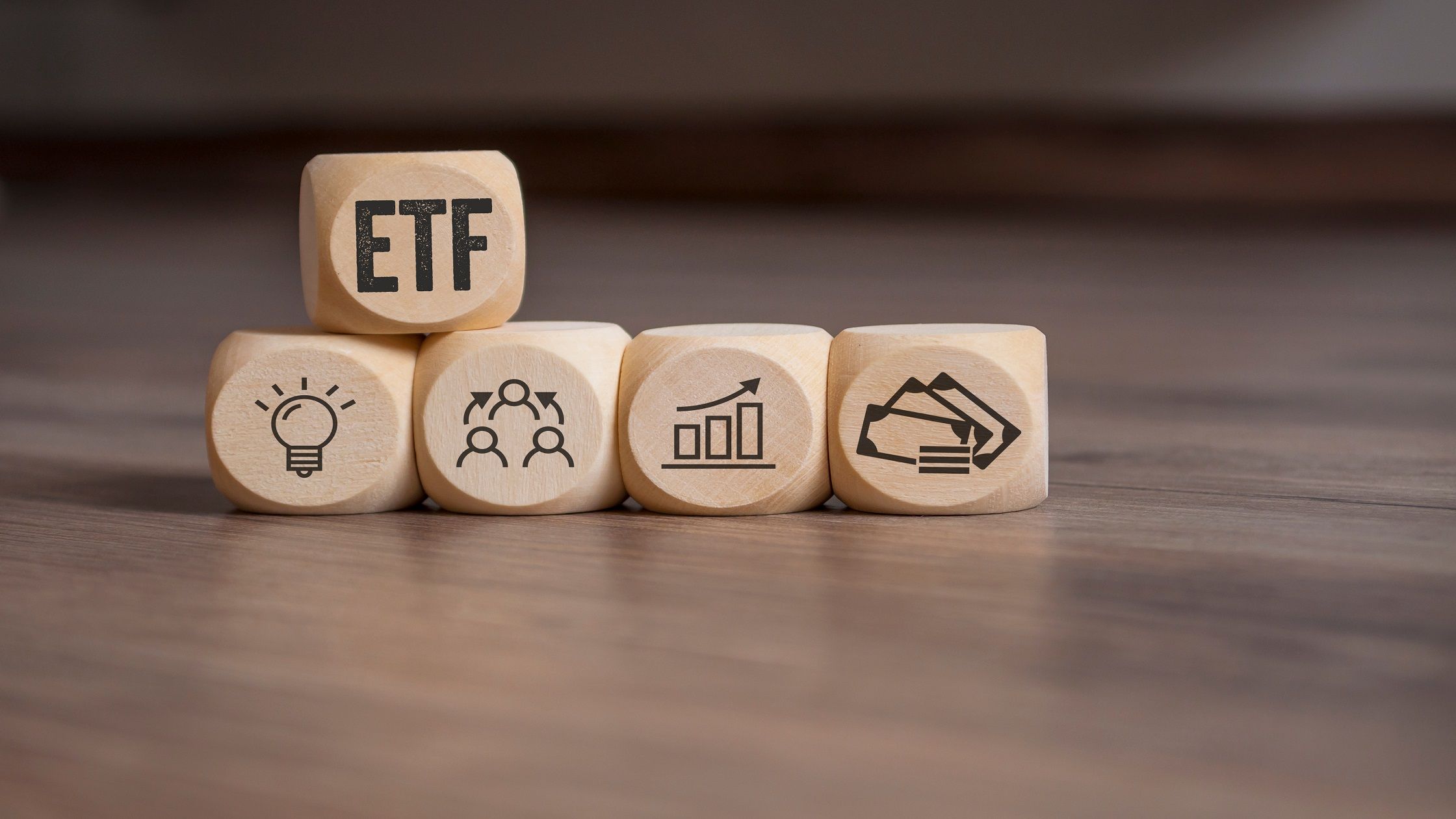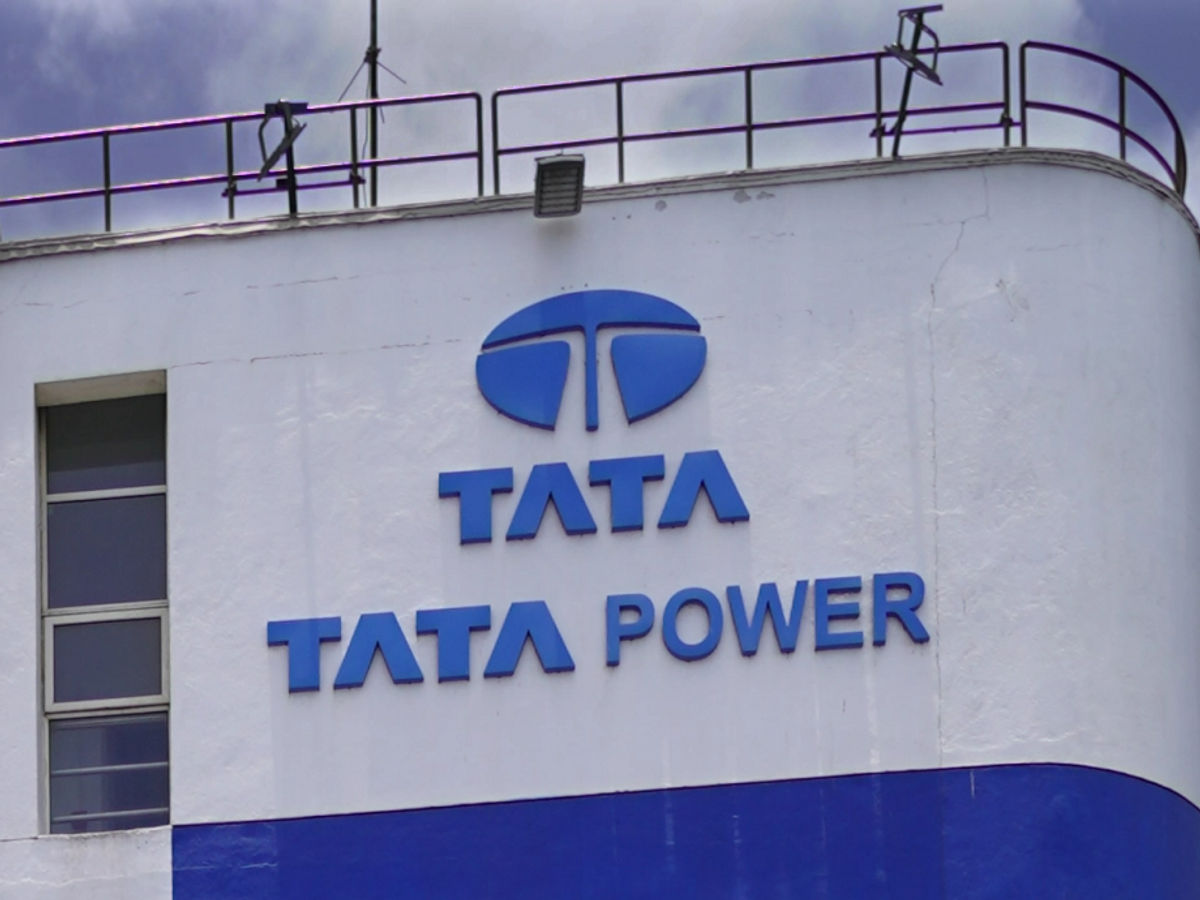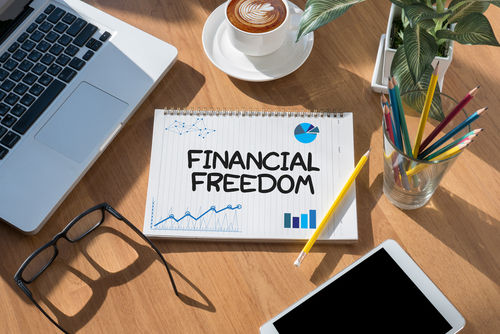10 ETF Concerns That Investors Shouldn’t Overlook
Exchange-traded funds, often known as ETFs, are becoming increasingly popular among investors; nevertheless, there are a few disadvantages associated with ETFs that investors should be aware of.

If you're looking for a way to diversify your portfolio, consider exchange-traded funds (ETFs). Similar to mutual funds but traded on stock exchanges, these funds have gained popularity among those who want to diversify their holdings without spending more time and energy on portfolio management.
Shares of an ETF are similar to those of a stock or bond index fund. The price of an ETF might rise if its holdings do well. Cash flows from assets, including interest or dividends, can also be recycled back into the portfolio. However, before diving headfirst into ETFs, investors should consider a few caveats.
KEY TAKEAWAYS
- ETFs (exchange-traded funds) have become extremely popular investments for both active and passive investors.
- While ETFs offer low-cost access to a wide range of asset classes, industrial sectors, and overseas markets, they are not without risk.
- Understanding the specifics of ETF investing is critical so that you are not caught off guard if something goes wrong.
Commissions and Expenses
One of the most significant advantages of ETFs is that they trade like stocks. An ETF is a portfolio of independent companies that are often connected by a similar sector or theme. Investors just purchase the ETF to reap the benefits of investing in a broader portfolio all at once.
Due to the stock-like characteristics of ETFs, investors can buy and sell during market hours, as well as enter advanced orders on the purchase, such as limits and stops. A conventional mutual fund purchase, on the other hand, is done after the market closes, after the fund's net asset value has been calculated.
A commission may be charged when you buy or sell a stock. This is also true when it comes to purchasing and selling ETFs. Depending on how frequently you trade an ETF, trading fees can quickly pile up and affect the performance of your investment. No-load mutual funds, on the other hand, are sold without a commission or sales charge, making them more advantageous in this regard than ETFs. When comparing an investment in ETFs to a similar investment in a mutual fund, it is critical to consider trading fees.
Many online brokers now provide no-commission trading in equities and ETFs. However, you may still be charged a concealed commission in the form of payment for order flow (PFOF). This contentious practice sends your orders to a chosen counterparty rather than having the market fight for your order at the best price feasible.
When picking between similar ETFs and mutual funds, consider the fee structures of each, particularly the trading costs that may be earned inside actively managed ETFs. Remember that actively trading ETFs, like stocks, can impair your investment performance as commissions quickly add up.
Every ETF will also have an expense ratio. The expense ratio determines what percentage of a fund's total assets is necessary to meet various operating expenses each year. While this is not the same as a charge paid to the fund by an investor, the effect is similar: the higher the cost ratio, the lower the total returns for investors.
ETFs are noted for having very low expense ratios in comparison to many other investment vehicles, but they are still a factor to consider, especially when comparing otherwise similar ETFs.
HP Laptop 15s, AMD Ryzen 7 5700U, 15.6-inch (39.6 cm), FHD, 16GB DDR4, 512GB SSD
Underlying Fluctuations and Risks
ETFs, like mutual funds, are frequently praised for the diversification they provide to investors. However, just because an ETF has more than one underlying position does not imply it is immune to volatility. The possibility for big swings will be determined mostly by the fund's breadth. An ETF that tracks a broad market index, such as the S&P 500, is likely to be less volatile than an ETF that tracks a single industry or sector, such as an oil services ETF.
As a result, it is critical to understand the fund's purpose and the types of investments it contains. This has been even more of an issue as ETFs have become more precise as the industry has solidified and popularized.
In the case of international or global ETFs, the fundamentals of the country that the ETF is tracking, as well as the creditworthiness of the currency in that country, are critical. Economic and social instability will also play a significant influence in deciding the success of any ETF that invests in a specific country or region. When determining the viability of an ETF, these variables must be considered.
The rule here is to understand what the ETF is tracking and the underlying risks linked with it. Don't be fooled into thinking that all ETFs are the same just because some have minimal volatility.
Tracking error evaluates how closely an index ETF tracks its benchmark index. Those with bigger tracking faults may provide hidden threats.
Low Liquidity
Liquidity is an important consideration when trading an ETF, stock, or anything else that is publicly traded. When you buy anything, liquidity indicates that there is enough trading interest that you will be able to sell it relatively fast without affecting the price.
If an ETF is thinly traded, depending on the size of your position relative to the usual trading volume, you may have difficulty exiting the investment. Large spreads between the bid and ask price are the most telling sign of an illiquid investment. Before purchasing an ETF, check sure it is liquid by studying the spreads and market fluctuations over a week or month.
The aim here is to ensure that the ETF in question does not have significant spreads between its bid and ask prices. Tighter spreads imply more liquidity, which means less risk when entering and leaving transactions.
Capital Gains Distributions
An ETF may, under certain circumstances, distribute capital gains to shareholders. This is not always in the best interests of ETF holders, given that capital gains tax is the responsibility of the shareholders. In most cases, it is more advantageous for the fund to retain the capital gains and reinvest them, as opposed to distributing them and thereby subjecting the investor to a tax liability.
Typically, investors will desire to reinvest capital gains distributions; to do so, they will be required to purchase additional shares from their brokers, incurring additional expenses.
Due to the fact that capital gains distributions are handled differently by various ETFs, investors may find it difficult to remain informed about the funds in which they have invested. Aside from that, it is vital for investors to understand how capital gains distributions are handled by an ETF prior to investing in that fund.
Dell 14 Laptop, 12th Gen Intel Core i5-1235U Processor, 16GB, 512GB, 14.0" (35.56cm) FHD
Lump Sum vs. Dollar-Cost Averaging
Suppose you have $5,000 to $10,000 to invest in an SPY or SPDR S&P 500 ETF, but you are uncertain whether to do so in a single sum or through dollar-cost averaging. In recent years, the proliferation of no-fee exchange-traded funds (ETFs) has diminished the significance formerly attributed to broker commissions.
The benefit of lump-sum investing is that the entire investment can be utilized immediately. This is advantageous in a market that is increasing, but it may not be ideal if the market appears to be reaching its peak or is exceptionally volatile.
By utilizing dollar-cost averaging, the $5,000 or $10,000 is invested monthly in equal amounts. This approach proves effective during periods of market volatility or decline; however, it incurs an opportunity cost in the event that the market recovers after a portion of the capital has been invested. Additionally, even nominal commissions may accumulate across numerous purchase orders, unless your brokerage is exempt from commission charges.
Leveraged ETFs
Many investors use ETFs because they perceive lower risk in comparison to other investment vehicles. Although we have discussed volatility concerns, it is nonetheless essential to be aware that some types of ETFs are substantially riskier investments than others.
Example: leveraged exchange-traded funds. The value of these ETFs typically decreases over time, both naturally and as a result of the daily resets.This is possible despite a robust underlying index. A lot of experts say you shouldn't invest in leveraged ETFs at all. Investors who use this strategy should keep a close eye on their holdings and be aware of the potential dangers.
When compared to a reference or benchmark, inverse ETFs tend to move in the opposite direction. Leveraged inverse ETFs can return negative 2× or 3× the benchmark. The value of inverse ETFs decreases over time due to their design.
ETFs vs. ETNs
Exchange-traded funds (ETFs) and exchange-traded notes (ETNs) are easily mistaken with one another because of their similar appearance on the page. However, investors should understand that these are fundamentally distinct investment vehicles. In addition to the ability to monitor an underlying index of commodities or stocks and the ability to charge fees, ETNs can also have a specified strategy.
In contrast to ETFs, however, ETNs typically present a unique collection of dangers. The ETN market is vulnerable to the health of the issuing corporation. If the bank issuing your ETN goes into default, or worse, bankruptcy, you may lose everything. Investors wanting to ride the ETF trend may not be aware of this risk, which is distinct from those often connected with ETFs.
Reduced Taxable Income Flexibility
When compared to purchasing the same group of stocks in an ETF, an investor who purchases shares in a pool of diverse individual stocks has greater freedom. This is unfair since it limits the ETF investor's power to take advantage of tax loss selling. Investors can minimize their taxable income and capital gains by selling stock at a loss if its price drops.
Investors who hold the same stock through an exchange-traded fund (ETF) do not have this luxury, as the ETF decides when to make changes to its portfolio and the investor must buy or sell shares of all the stocks in the ETF at once.
HP Laptop 15, 12th Gen i3-1215U, 15.6-inch (39.6 cm), FHD, Anti-Glare
ETF Premium (or Discount) to Underlying Value
The value of an ETF may rise and fall like the price of a stock. Therefore, the cost of an ETF to an investor may be higher than the cost of purchasing the underlying stocks or commodities separately. Although this is highly unusual and typically gets resolved over time, it is nevertheless important to bear in mind if you are considering buying or selling an ETF.
Compare the price of an exchange-traded fund (ETF) to its NAV to find for inconsistencies. If the market price consistently deviates widely from the net asset value, there may be a problem.
Issues of Control
The same factor that makes ETFs attractive to many investors is also a restriction of the market. The underlying stocks of an ETF are chosen by the fund's management, not the investors. Therefore, a morally conflicted investor who wants to avoid a specific industry or company does not have as much power as a stock-focused investor.
Investors in exchange-traded funds (ETFs) don't have to pick the stocks that make up the portfolio, but they also can't remove specific holdings from the ETF without selling out entirely.
ETF Performance Expectations
While this isn't a major drawback in the same way that the others have been, it's still important for ETF investors to know what to expect in terms of returns.
Most exchange-traded funds (ETFs) are pegged to a benchmark index, and as a result, they are typically constructed to underperform the index. If you're an investor seeking this kind of outperformance (which, of course, also comes with extra dangers), you might want to consider other options.
Acer Nitro V Gaming Laptop 13th Gen Intel Core i5-13420H with RTX 4050 Graphics 6GB VRAM
What is exchange-traded fund (ETF) liquidity?
When investing in exchange-traded funds (ETFs), it's crucial to take liquidity into account. For a variety of reasons, each ETF has a unique liquidity profile. Low-liquidity exchange-traded funds (ETFs) may increase your risk of experiencing a greater bid-ask spread, fewer profitable trading opportunities, and, in the worst case scenario, the inability to withdraw assets during catastrophic market events like a crash.
Are ETFs safer than stocks?
While it's true that most ETFs are highly diversified since they own a wide variety of equities or other securities, some do invest in high-risk industries or use hazardous techniques like leverage. It's possible, for instance, that a leveraged ETF tracking commodity prices would be riskier than a blue chip company.
What is an ETF’s tracking error?
The tracking error of an exchange-traded fund is the percentage by which its returns deviate from those of its reference index. The largest, most popularly held ETFs tend to have the smallest tracking mistakes.
Acer Aspire 5 Gaming Laptop Intel Core i5 12th gen (16 GB/512 GB SSD/Win11 Home
Why are inverse and leveraged ETFs only intended for day trading?
To accomplish their aims, inverse and leveraged ETFs frequently make use of derivatives instruments such as options and short-term forwards. These products suffer from time decay and, regardless of changes to the index or benchmark that the ETF tracks, tend to depreciate with time. Therefore, these products are suited solely for day traders and those with similarly short-term investment horizons.
Also read :- Upcoming Bonus Shares in November 2023
The Bottom Line
You can make more informed investment choices now that you are aware of the potential drawbacks of ETFs. The meteoric rise in popularity of exchange-traded funds (ETFs) is, in many situations, justified. ETFs have their benefits, but they also have their flaws.
Knowing everything there is to know about an ETF is essential for making wise financial decisions. By understanding the drawbacks, you may avoid making the same mistakes others have made and instead maximize your chances of success and making a profit.


























